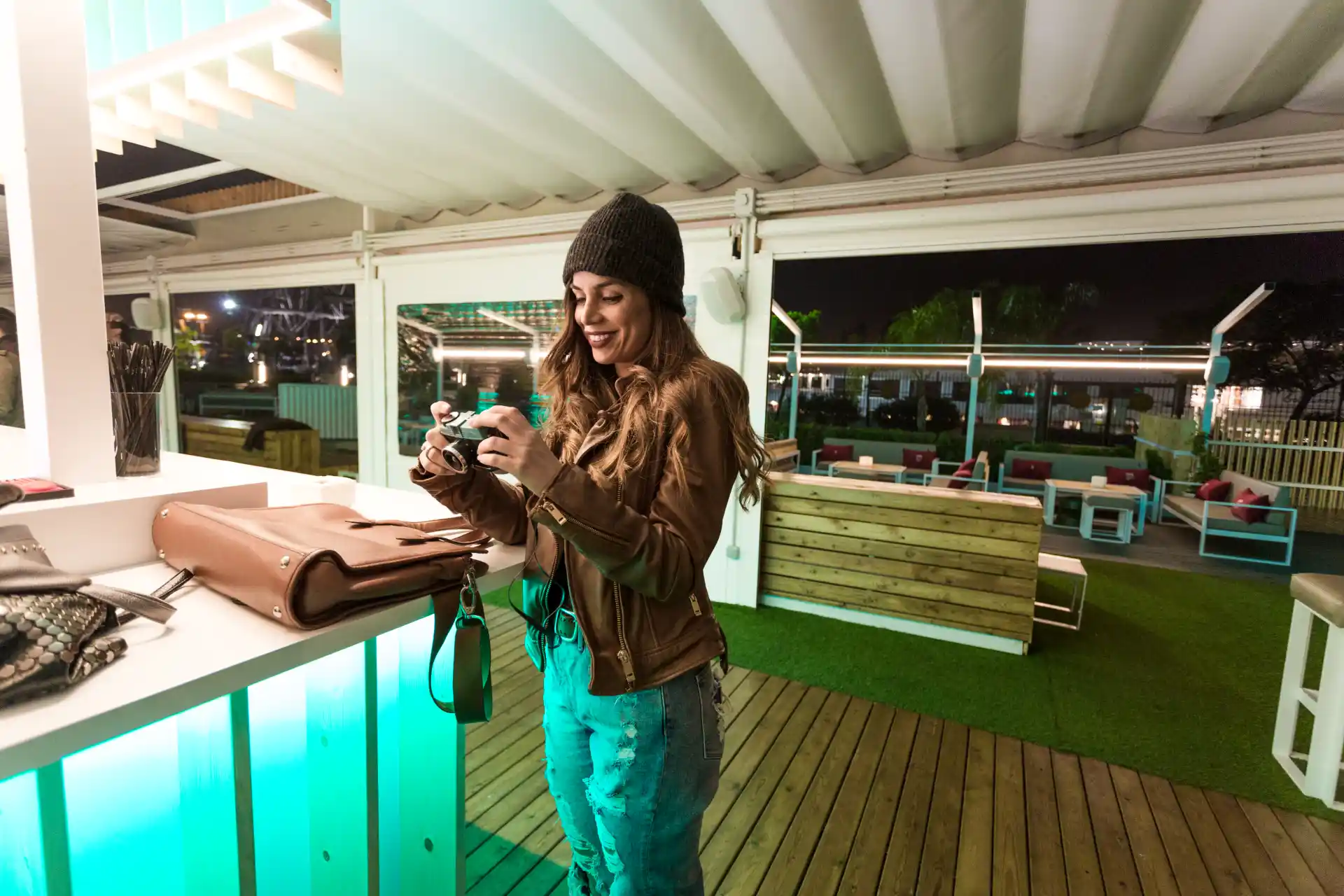The apartment looked perfect online. Amazing photos, rave reviews, Super Host badge. Shelly booked it instantly for her dream trip. But when she arrived, the nightmare started. Black mold covered the bathroom walls.
The “ocean view” was a brick wall. Construction noise started at 6 AM. The host refused refunds and threatened bad reviews if Sarah complained.
Smart travelers never trust star ratings and reviews blindly. They know that highly-rated listings often hide the biggest problems. The hosts work the system. They buy fake reviews, manipulate photos, and pressure guests into silence.
You’re about to learn 7 specific vacation rental warning signs that separate tourist traps from genuine gems.
#1. The Photo Perfection Trap: When Pictures Look Too Professional
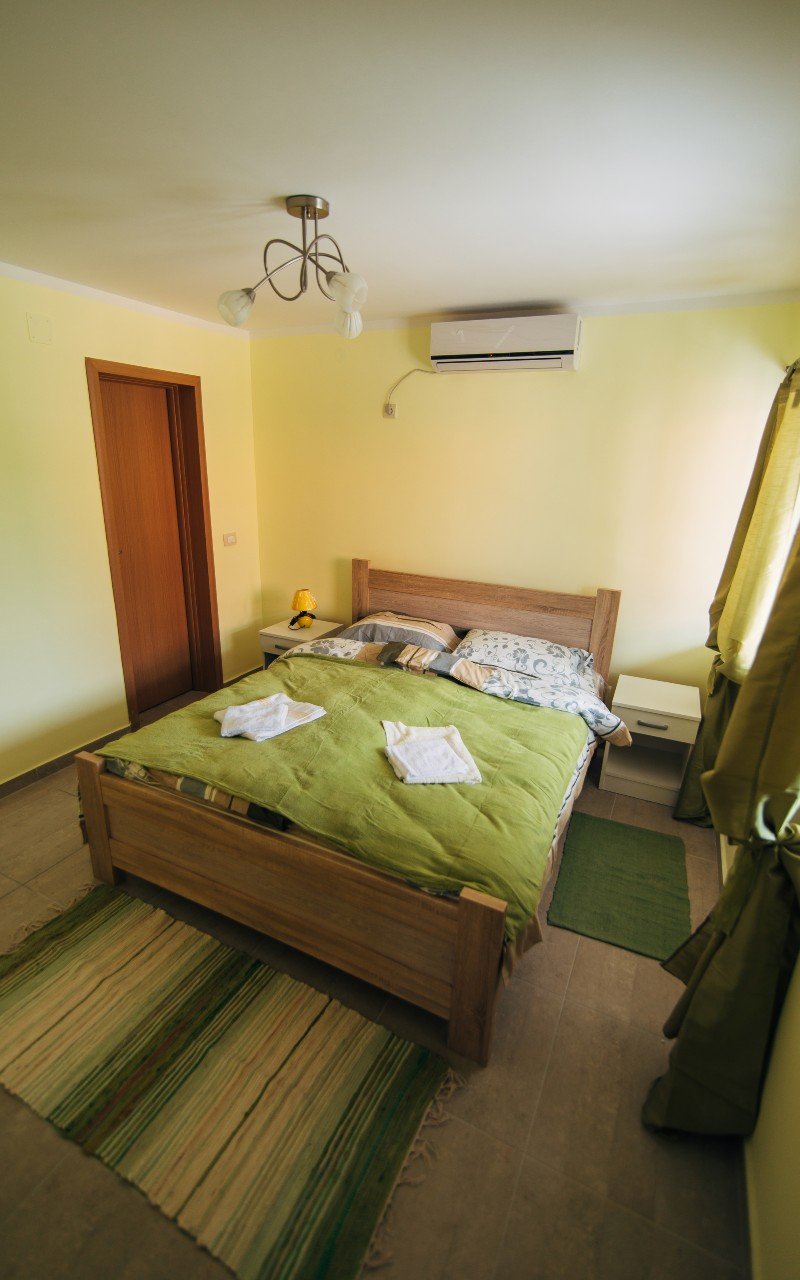
Shelly thought she hit the jackpot. The Tuscany villa had stunning photos. Marble counters, perfect lighting, views of rolling hills. She booked it instantly for her anniversary trip.
But when Shelly arrived, the “villa” was a basement apartment. No marble. No views. Just a damp room that smelled like mold.
Professional photographers know how to make any space look amazing. They use wide-angle lenses, perfect lighting, and clever angles. The problem? Real life doesn’t have professional lighting.
The Airbnb Photo Red Flags That Fool Most People

Photos look like magazine shoots. When every single photo looks perfect, that’s your first warning. Real homes have coffee stains. They have unmade beds sometimes. If you see zero flaws, someone hired a pro photographer.
Missing the boring stuff. Fake listings skip photos of bathrooms, kitchens, and storage. They don’t show you the neighborhood street. Why? Because these spots reveal the truth. Always look for context shots that show the real space.
Perfect weather, perfect lighting. Every photo taken on the same sunny day with golden hour lighting. Real homes get photographed over time. You should see different lighting, different weather, different seasons.
How Smart Travelers Verify Photos Before Booking

First, do a reverse image search. Right-click any photo and select “search image with Google.” If that same photo shows up on other websites or listings, you found fake vacation rental photos.
Second, zoom in on reflections. Check mirrors, windows, TV screens. Sometimes you’ll spot camera equipment or see that the “ocean view” is actually a poster.
Third, look for neighborhood context. Street signs, nearby buildings, parking situations. Then check Google Street View to see if it matches.
What to Look for Instead

Good Airbnb photos show real life. You’ll see coffee makers with morning coffee ready. Towels that aren’t perfectly folded. Natural lighting that changes between photos.
The best hosts take photos at different times of day. You’ll see morning light, afternoon shadows, evening ambiance. This shows they’re honest about what you’ll experience.
#2. Review Pattern Analysis: Spotting Fake 5-Star Feedback
Mike scrolled through 47 glowing reviews. Every single one gave five stars. “Amazing host!” “Perfect location!” “Would stay again!” He booked the apartment in Rome immediately.
Big mistake. The place was dirty, the AC didn’t work, and construction noise started at 6 AM. When Mike checked the reviews again, he noticed something weird: 12 reviews were posted in just three days. All with similar language.
The Timeline Test When Reviews Come Too Fast

Real guests don’t all leave reviews on the same day. But fake reviews do. Look at the dates carefully. If you see 5+ reviews posted within a week, that’s suspicious. If 10+ reviews appear in one month for a new listing, red flag.
Real example: A Barcelona apartment got 23 five-star reviews in four days. All fake. The pattern was obvious once you knew what to look for.
The Copy-Paste Language That Gives Them Away

Fake reviews use template language. They sound like this:
“The host was very responsive and helpful”.”Great location, close to everything”. Clean and comfortable, exactly as described. “Would definitely recommend this place”
Notice how generic these are? You could paste this text on any Airbnb listing and it would fit. Real guests mention specific details. They talk about the coffee shop downstairs or the noisy street outside.
Check the Reviewers: Ghost Accounts Tell the Truth

Click on reviewer profiles. Real people have photos, multiple reviews, and travel history. Fake accounts look empty. No profile picture, or stock photos of attractive people. Only one review ever written. Account created the same month as the review.
Smart hosts hire people to create fake accounts. But they’re lazy. The accounts all look similar.
The 2-Minute Check That Saves Your Trip

First, read the three-star reviews. These are usually real. People who fake reviews don’t bother with average ratings.
Second, use FakeSpot.com. Copy the Airbnb URL and paste it in. FakeSpot analyzes review patterns and gives you a grade. It catches fake vacation rental reviews that humans miss.
Third, look for photo reviews. Real guests post pictures of their actual stay. Fake reviewers rarely include photos.
#3. Location Red Flags: Why ‘Perfect’ Locations Are Often Too Good to Be True
Lisa found the perfect Paris apartment. The listing said “5 minutes from Eiffel Tower.” The price was half what other places charged for the same area. She booked it instantly.
When Lisa arrived, she discovered the truth. The apartment was 5 minutes from a metro station. Then came a 30-minute train ride to reach the Eiffel Tower. Plus two transfers and a 10-minute walk.
The “Too Good to Be True” Price Test
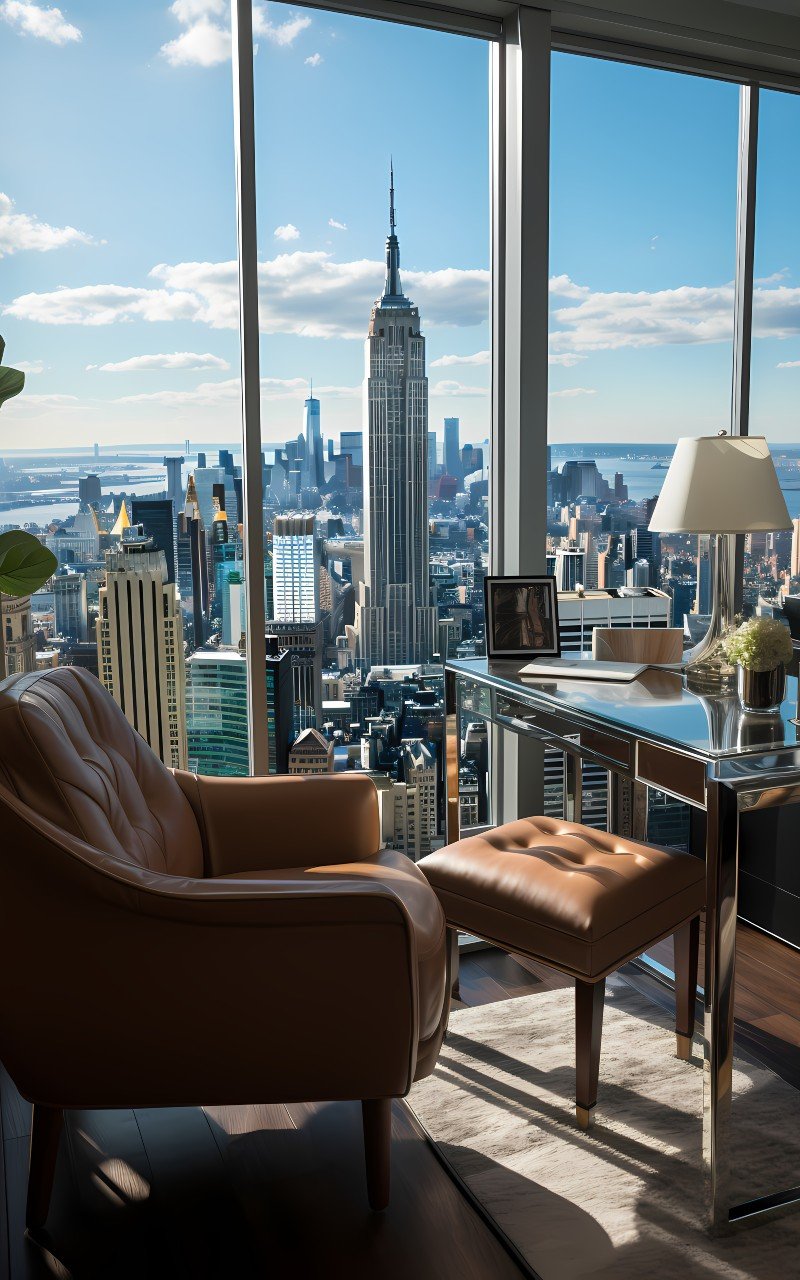
Prime locations cost prime money. If you find a Manhattan apartment for $80 a night, it’s not in Manhattan. If a Rome listing near the Colosseum costs less than a hotel, something’s wrong.
Hosts use tricks to make distant locations sound close. They measure distance “as the crow flies” instead of actual travel time. They count subway stops but ignore transfer time.
Missing Details That Reveal Location Lies

Good hosts tell you about parking. Bad ones don’t mention it because there isn’t any. Real listings explain how to get groceries, where the nearest ATM is, what the noise level is like.
Vacation rental location lies skip these details on purpose. They don’t want you asking questions about public transportation schedules or walking safety at night.
Beach and Resort Location Tricks
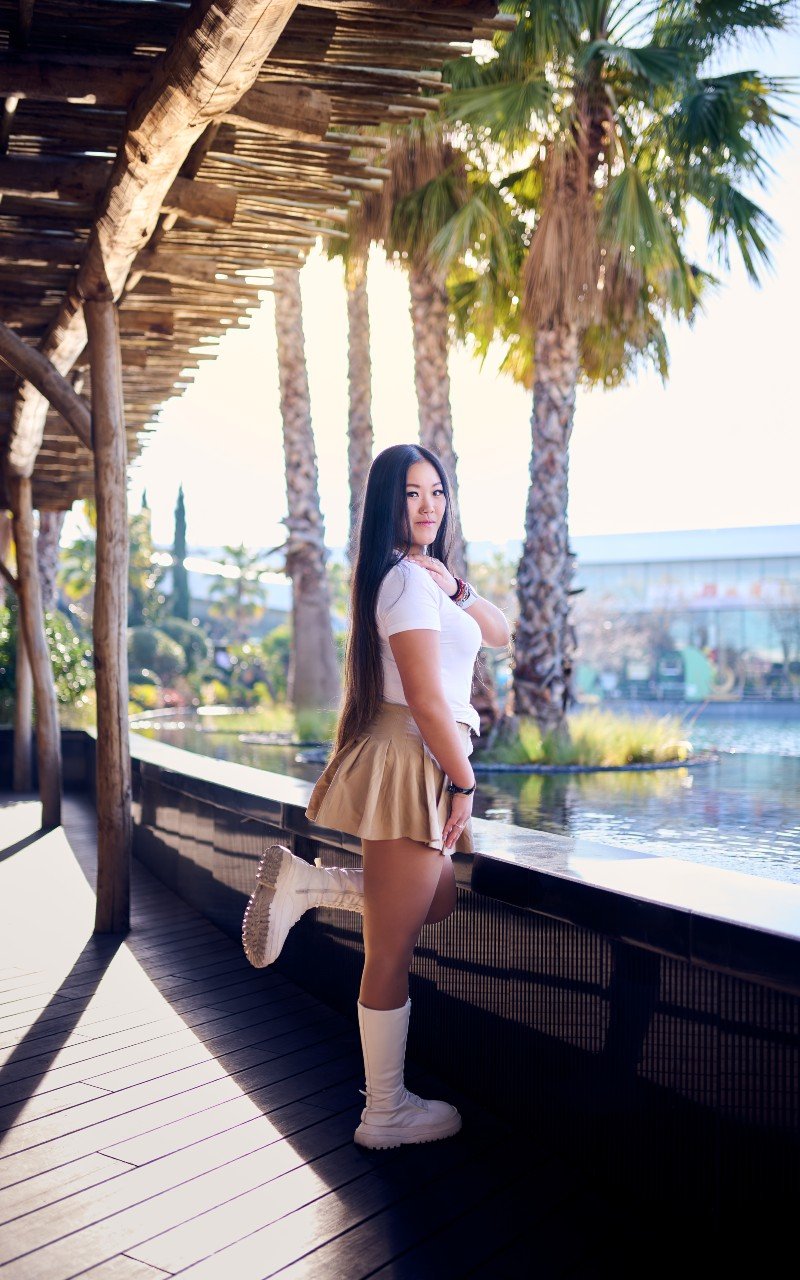
Beach properties love to hide the truth. That “beachfront” apartment might face a parking lot. The “ocean view” could be a tiny glimpse between buildings.
Smart beach listings mention low tide vs high tide. They warn you about weekend crowds. They explain if the beach is rocky, sandy, or has strong currents.
How to Verify Location Claims in 2 Minutes
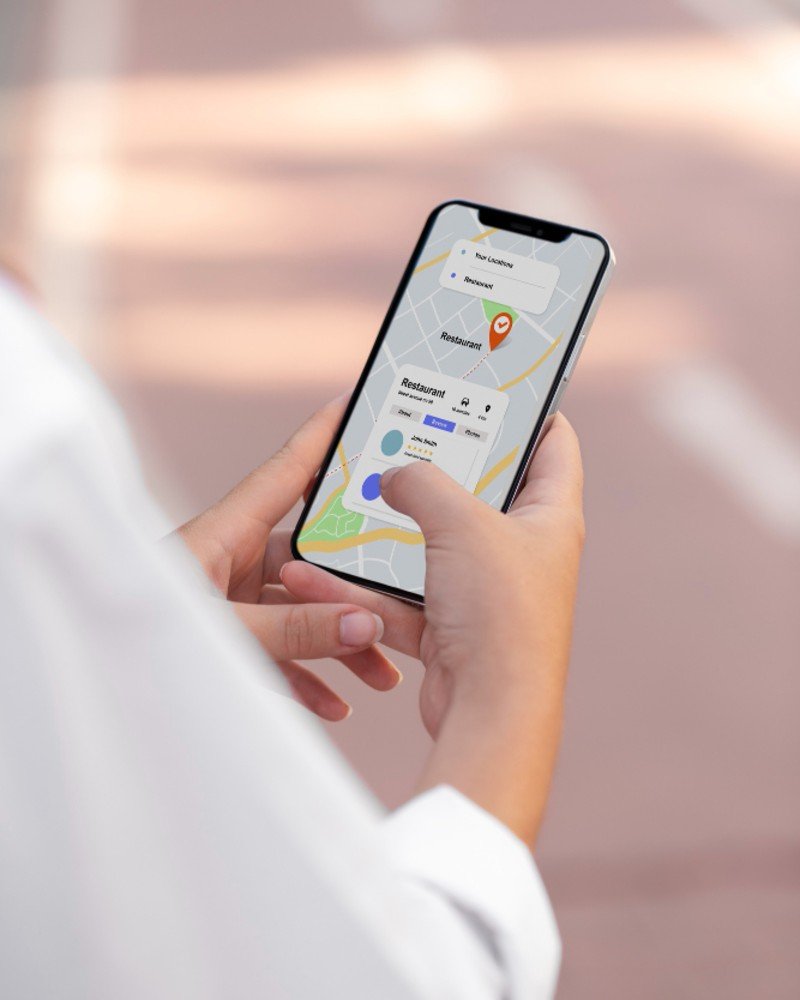
Open Google Maps. Type in the exact address. Then get directions to the places you actually want to visit. Check real walking times, not the host’s estimates.
Use Street View to see what the neighborhood actually looks like. Is it busy? Quiet? Under construction? The photos will show you what the listing won’t.
What Honest Location Descriptions Include
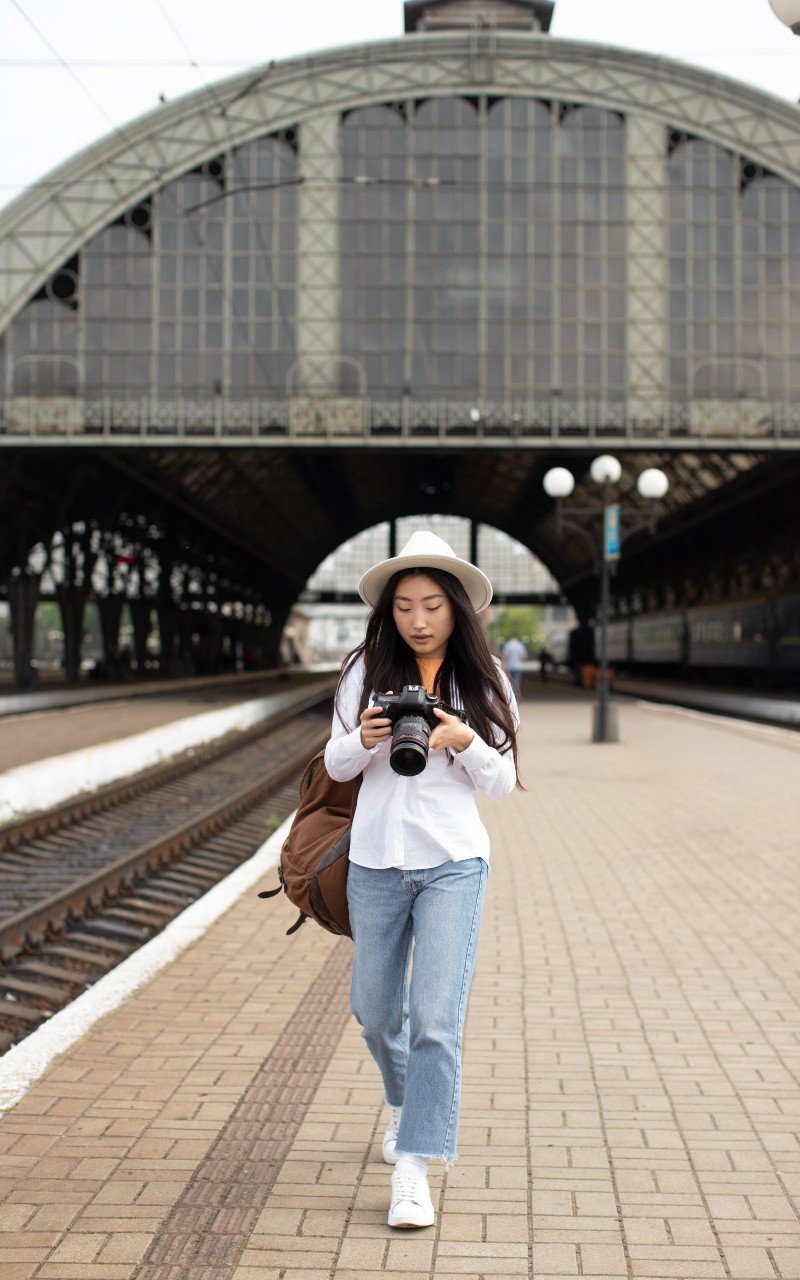
Real hosts give you the full story. They mention the 15-minute walk uphill to the train station. They warn you about street cleaning noise on Tuesday mornings. They explain that the “city center” location gets loud on weekends.
They include neighborhood photos, not just apartment photos. They tell you about the grocery store downstairs and the coffee shop next door.
#4. The Super Host Manipulation: When Perfect Ratings Hide Problems
Tom received a message from his Miami host before checkout: “If anything was wrong with your stay, please tell me directly instead of mentioning it in your review. I’m happy to refund part of your payment for any inconvenience.”
The apartment had black mold in the bathroom. The AC barely worked. But Tom felt pressured to leave five stars anyway.
The Review Manipulation Playbook

Super Hosts know the game. They contact guests before reviews are published. “Please reach out to me first if you have any concerns.” They make it sound helpful. Really, they’re trying to stop negative reviews.
Some hosts offer partial refunds in exchange for five-star reviews. Others threaten to leave bad reviews for guests who complain. The message is clear: play along or face consequences.
Spotting Perfect Ratings That Hide Truth

Real properties have some four-star reviews. Even great places get complaints about minor issues. When you see 98% five-star ratings across 100+ reviews, someone’s working the system.
Look for gaps in review dates. If a Super Host suddenly has no reviews for two months, then starts getting five-star reviews again, they probably lost their status and bought their way back.
The Super Host Status Drop Mystery

Watch for properties that suddenly lose Super Host badges. Airbnb removes the status when ratings drop or complaint patterns emerge. But hosts can earn it back by buying reviews or pressuring guests.
If a listing used to be Super Host but isn’t anymore, ask why in your pre-booking message. Good hosts will explain honestly. Manipulative ones will dodge the question or blame Airbnb’s “unfair” system.
#5. Hidden Fees and Rule Traps That Pros Always Check
Rachel’s weekend in Austin started with a shock. The $89-per-night apartment suddenly cost $340 at checkout. Cleaning fee: $75. Service fee: $48. Resort fee: $35. Taxes: $23. City registration fee: $15. Pet fee: $45 (for her emotional support dog).
The listing buried most of these Airbnb hidden fees in tiny print at the bottom.
The Cleaning Fee Scam
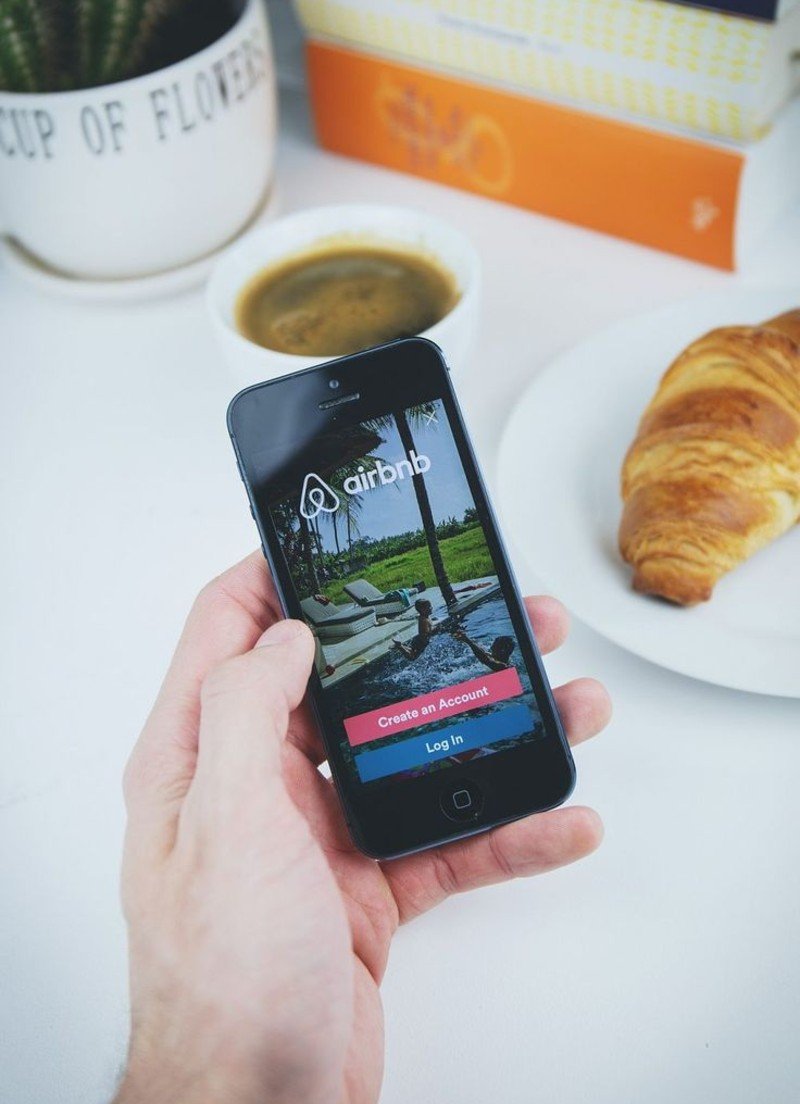
A studio apartment doesn’t need a $200 cleaning fee. But hosts charge it anyway because Airbnb shows the nightly rate first. By the time you see the cleaning fee, you’re already interested in the property.
Some hosts split stays to avoid high cleaning fees. Stay two nights? You might pay the cleaning fee twice if you book separate reservations.
House Rules That Cost You Money
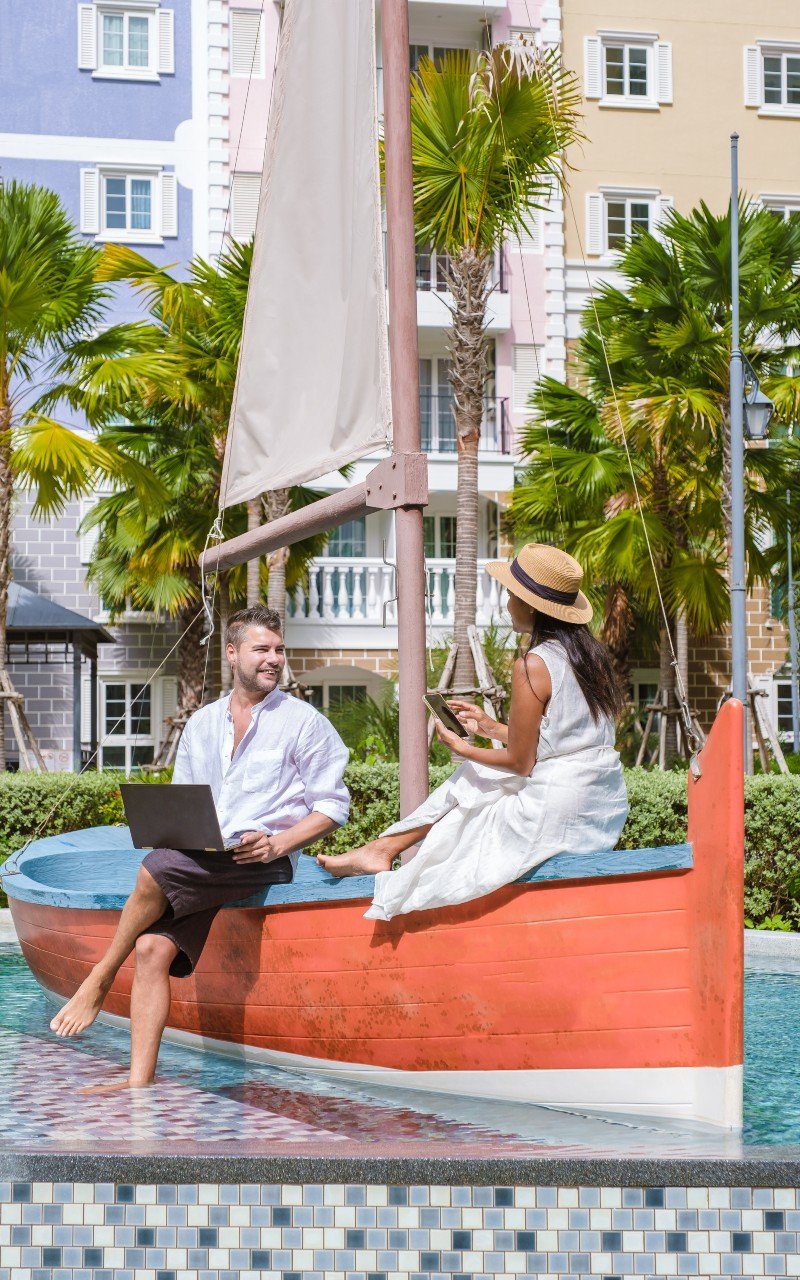
Hidden in the property description, you’ll find vacation rental fee traps disguised as “house rules.” Take out trash or pay $50. Don’t wash dishes and get charged $75. Leave towels on the bathroom floor? That’s a $25 “extra cleaning” fee.
Some hosts require guests to strip beds, start dishwashers, and vacuum floors. But you still pay the full cleaning fee. You’re paying to clean someone else’s property.
FAQs
How can I tell if Airbnb reviews are fake in under 5 minutes?
Check three things fast. First, look at review dates – if 10+ reviews came in the same week, they’re fake. Second, click on reviewer profiles real people have multiple reviews and photos, fake accounts look empty. Third, read what people actually say fake reviews use generic language like “great host” and “perfect location.”
Are all highly-rated Airbnbs bad? How do I find legitimate 5-star places?
No, some highly-rated places are genuinely great. The difference is in the details. Good 5-star listings have some 4-star reviews mixed in real places always have minor complaints. Look for reviews that mention small problems alongside praise.
I already booked a suspicious Airbnb. What should I do now?
Message the host immediately with specific questions about the property. Ask about parking, noise levels, exact walking times to attractions, and recent renovations. Good hosts answer with details. Bad hosts give vague responses or ignore your questions.
What’s the sweet spot for Airbnb ratings that experienced travelers look for?
Look for properties with 4.3-4.7 star averages across 15+ reviews. This shows real guest feedback with honest complaints mixed in. Avoid anything below 4.0 stars that indicates real problems.

